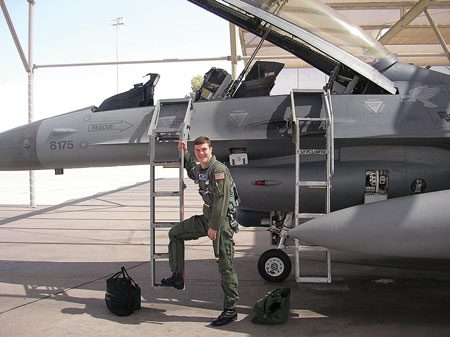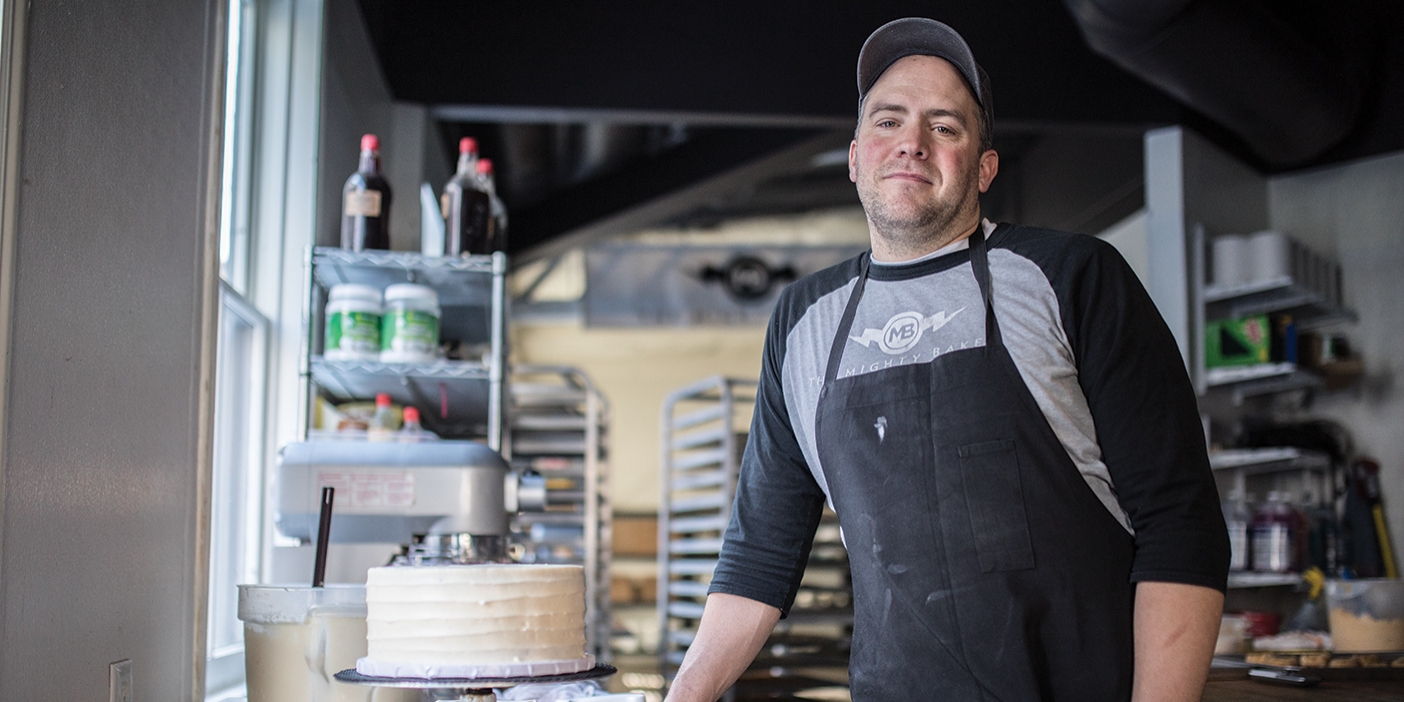By Jeff McClellan
When BYU set out to raise $250 million in six years, some called the campaign ambitious. But LDS Church President Gordon B. Hinckley wanted to step it up, and he challenged campaign workers to accelerate their efforts. “I just can’t believe that it’s going to take six years,” he said at the public kickoff of “Lighting the Way for the 21st Century.”
President Hinckley was right. It didn’t take six years, and at a Sept. 24 event, campaign officials reported to the prophet that in just five years donors have given the university more than $310 million, with another $50 million or so in pledges.
Because of the campaign’s success, the university will transition into a new phase of fund-raising on Jan. 1, 2000, eight months ahead of schedule. Before then university fund-raisers will make a final campaign push, hoping to top $375 million, and they stress that their efforts to develop resources for BYU’s mission will continue into the next millennium.
“Fund-raising after the campaign is going to be just as important as during the campaign because BYU’s vision and destiny are so important,” says Bruce M. Snow, BYU’s newly appointed director of development. “We must not fail.”
A capital campaign such as “Lighting the Way” serves to raise awareness of university goals and to increase the level of giving. Before the campaign the university raised an average of $25 million each year. During the campaign that amount has jumped to about $69 million, and development officers would like to maintain that level.
Continued fund-raising will require continued volunteer involvement, Snow says. During the campaign a core of some 100 volunteer leaders–who are also donors–have conducted many of the fund-raising efforts. “I’ve developed a love, respect, and admiration for the donors–for the support, commitment, and vision they have for BYU and the Church,” he says.
Money raised during the capital campaign has come in many forms, from cash to gifts-in-kind to trust funds. Nearly 145,000 donors have participated so far, giving some 716,000 gifts ranging in size from $1 to $25 million. But all those dollars didn’t end up in the same university pocket.
In designing the campaign, development officials and the university community created a list of programs and priorities that needed funding. The $250 million goal came as the sum of many smaller goals, such as $2 million for visiting professorships and $15 million for the Museum of Art endowment.
Even though campaign totals passed the $250 million mark late in 1998, some priorities still lack funding. This paradox is caused by two campaign procedures. First, donors can specify where their money is spent. Second, any donation received during the campaign counts toward the campaign goal, whether or not the money is earmarked for a campaign priority. Hence, some campaign priorities have been over funded and some campaign money has gone to programs that are not campaign priorities.
For instance, during the campaign KBYU–not a campaign priority–received $5 million, and the priority of scholarships and grants received nearly $15 million more than its set goal. On the other hand, the Family Studies Center is still almost $1 million shy of its target. There is, however, about $24 million that was donated without restriction, meaning the president can assign the money wherever it is most needed.









